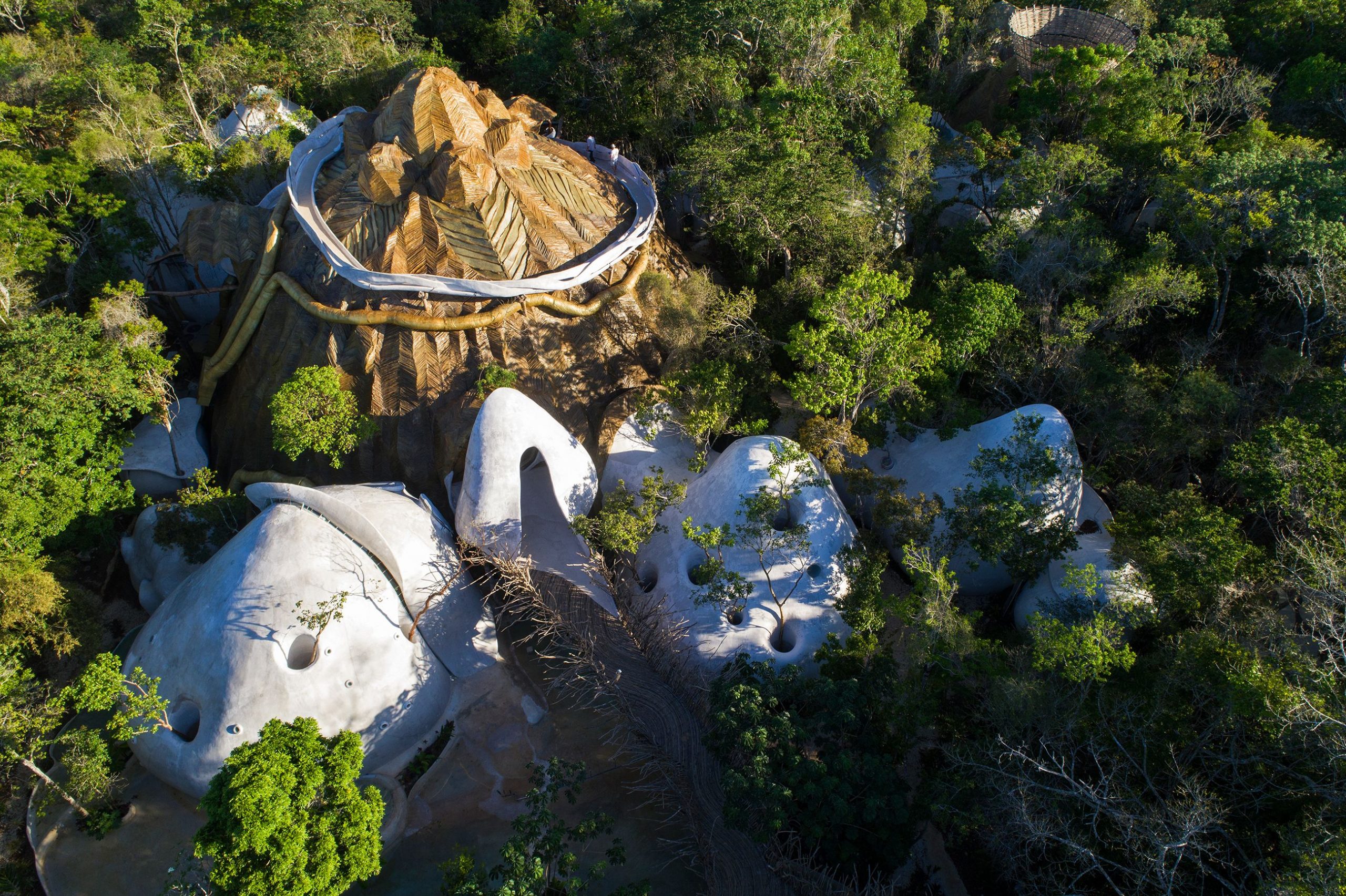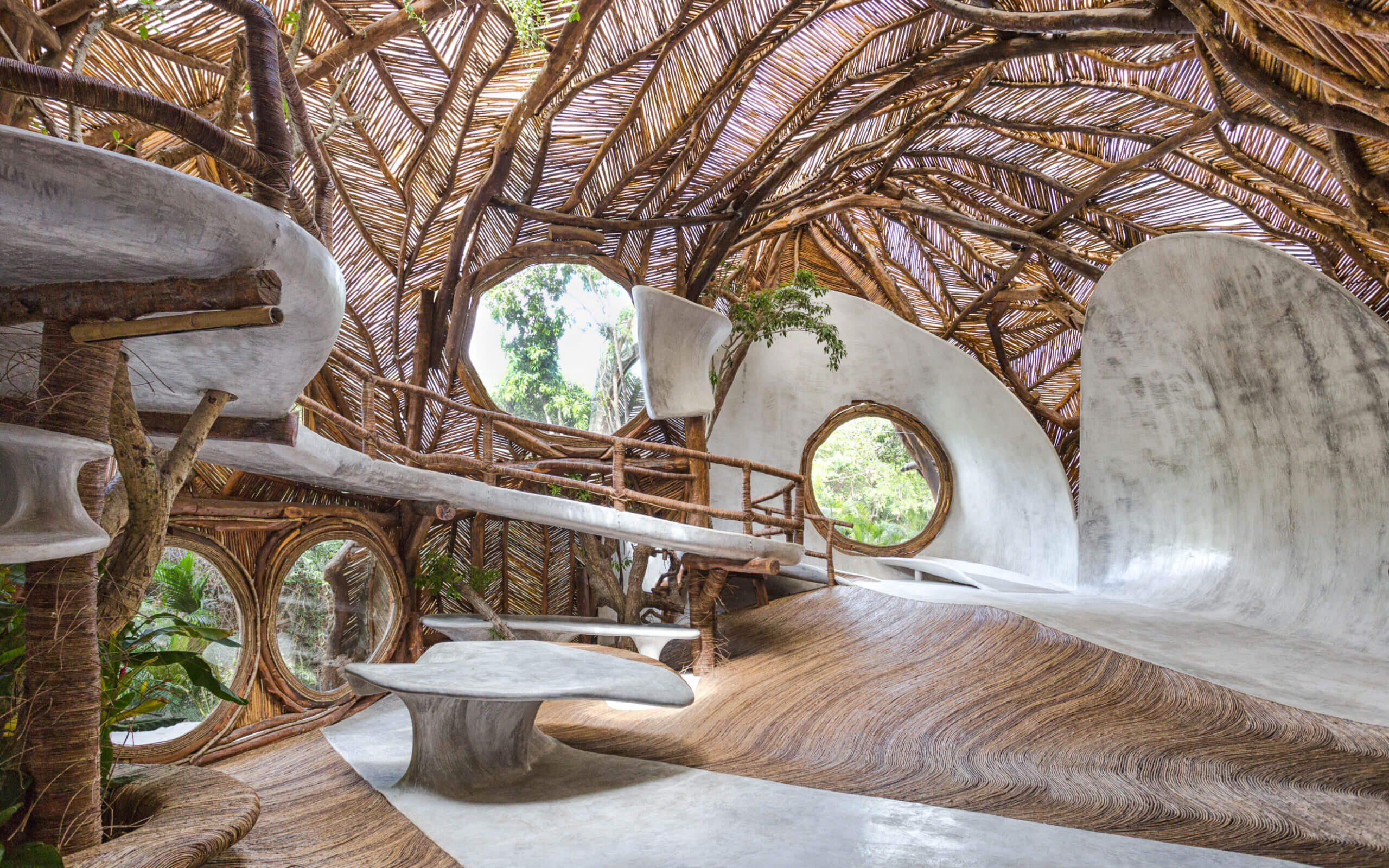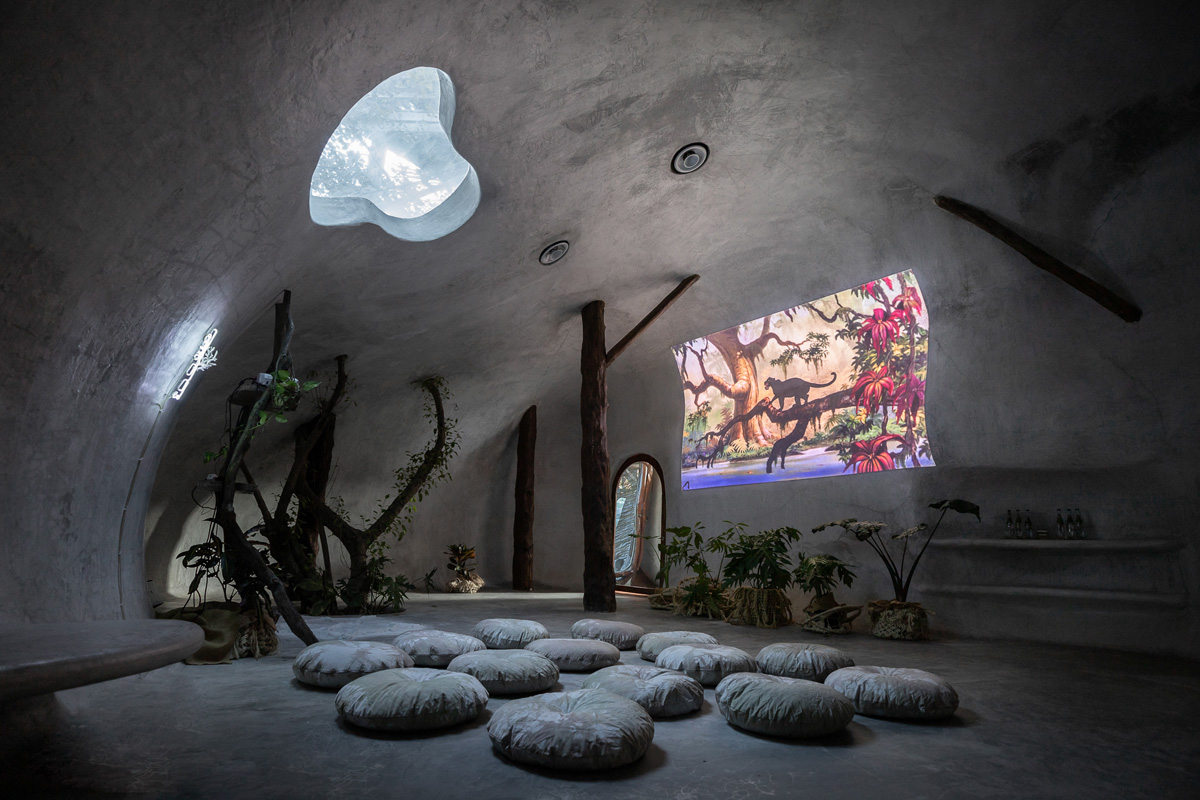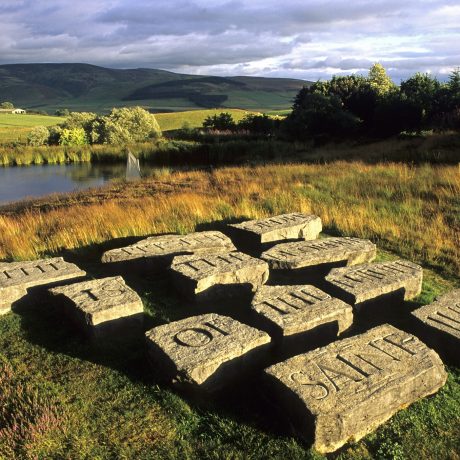
From museums to galleries, national treasures to significant little-known spots, each edition of Out Of The Ordinary offers up a virtual tour of an unmissable global art location
Described as the ‘Guggenheim of Mexico’, SFER IK Museion (formerly called IK Lab) is part of Azulik, an eco-conscious destination hotel and arts complex in the Yucatan region. Surrounded by a tropical wilderness of bejuco vines, zapote trees and ancient mangroves, the biomorphic architectural design (steps away from the clear turquoise waters of Tulum’s beaches) was conceived as a multidisciplinary space to fuse art and nature. In 2018, Azulik also opened the larger Uh May, an artist residency and exhibition space.
To enter both sites, visitors are obliged to take off their shoes, to feel the ground beneath their feet and become connected to the ancestral traditions of the region. It reflects the design philosophy of self-taught Argentinian architect Jorge Eduardo Neira Sterkel (known to most as ‘Roth’), the founder of the Roth Architecture firm. Commissioned by Santiago Rumney-Guggenheim (the great grandson of influential art collector Peggy Guggenheim), the holistic space pays homage to the surrounding landscape.

Who
Without following a rigid architectural blueprint, Roth designed intuitively, telling Cultured magazine that he was “working at the rhythm of the Mayans” so as to harmoniously engage with nature. He avoided the use of straight lines and sharp angles, echoing the design principles of Antoni Gaudí. But Roth pushed this idea further: there is no sense of division between outside and inside and his building materials were largely sourced from natural fibres in the surrounding jungle.
Completed in 2017, the first site was built without a particular purpose. Upon visiting the unoccupied construction in early 2018, Rumney-Guggenheim realised that the project (reminiscent of his great grandmother’s Art of this Century space, the New York gallery designed by Frederick Kiesler in 1942) could be transformed into an arts complex. Roth almost immediately accepted his proposal, and SFER IK Museion opened to visitors four months later.

Where
Overlooking the Caribbean coastline, Tulum is a well-known tourist destination famed for its pristine white sand beaches. It sits to the south of towns like Playa del Carmen and Cancún in the middle of the Yucatán Peninsula, in area known for its rich Mayan history and ancient ruins. The name Azulik refers to the history of the area, the word being a portmanteau of the Spanish word for ‘blue’ and the Mayan word for ‘wind’.
If you can afford one of the beach villas at the Azulik hotel (note: they are not cheap) the entire place could be experienced as a holistic sanctuary, although its status as one of the most Instagrammed hotels in the world might ultimately make finding peace and quiet tricky. The Uh May residency and exhibition space is close to the ancient pyramids of Coba and not far from the famous Chunyaxché ruins. Outside the town, one can dive into the aquamarine subterranean freshwater caves of the Cenotes.
“Roth designed intuitively. There is no sense of division between outside and inside”

Why
SFER IK Museion and Uh May offer a unique sensorial experience, both purporting to reconnect visitors and creatives to the ancestral traditions of the region’s Indigenous people. The organic architecture, breaking away from the white cube gallery model, is reason enough to visit, but the sites are also committed to temporary exhibitions.
Earlier this year, the Japanese artist Azuma Makoto, the co-founder of JARDINS des FLEURS famed for his haute couture flower arrangements and botanic sculptures, unveiled the installation Mexx at SFER IK Museion, an artificial albeit live ecosystem designed to harmonise with its surroundings. The immersive installation can be touched and smelled by visitors, and comprises indigenous plants from the region such as bougainvillaea, philodendrons, snake plants, and cacti.
Whether the complex is truly as ‘sustainable’ as it states is still up for debate, but Azulik does claim to only use natural materials, and has no air conditioning and no electric lighting, which means that only specific types of artworks can be safely housed in the site.
Lydia Figes is an arts writer and editor. She is also the co-founder of radicalwomenshistory
Out of the Ordinary
Head off the beaten track as Elephant highlights the art world spots you really should visit
READ MORE





